1. Silver-plate tea set from the parlor
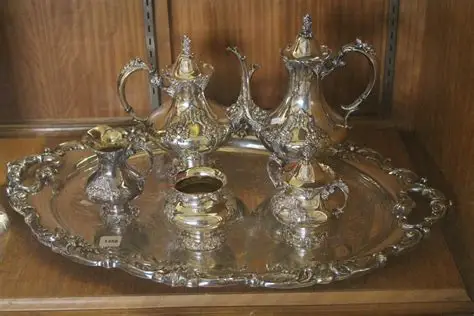
Sometimes the treasures we polish the most turn out to be the least valuable. A silver-plate tea set is a perfect example. Families proudly introduced it as sterling, though most bore stamps like EPNS or Rogers, meaning electroplated nickel silver. Department stores and mail-order catalogs sold them by the thousands between the 1920s and 1950s. Today their monetary value is little, but that hardly matters. What counts is the sound of clinking cups, the smell of polish on Sundays, and the memories of quiet conversations that poured out with every steaming cup of tea shared.
2. Pressed “crystal” stemware

Holiday tables felt grand when grandparents brought out their “crystal,” but pressed glass was usually what gleamed. Factories produced it in huge runs, leaving mold seams and identical patterns that told the truth. American and Bohemian makers filled cupboards across the country with sparkle that wasn’t rare at all. Today these stems sell for a few dollars each, if that. Still, their glow lingers in memory. They recall candlelight over gravy boats, careful teenage hands drying dishes, and toasts that carried hope. Their value was never financial, but in their role as companions to celebration and family gathering.
3. Depression glass in carnival colors
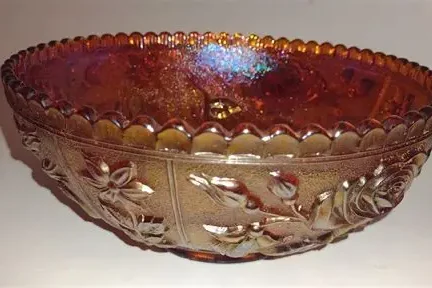
Peach, green, and amethyst glassware felt like treasure in homes during hard years. Families told tales of rarity, though most Depression glass was mass-produced and handed out in soap boxes or movie theaters. Collectors today know most patterns are far too common to be worth much. Chips and clouding only lower the little resale value they hold. Still, each dish is priceless in memory. It reminds us that beauty was placed into everyday lives when times were lean, giving families brightness in struggle. What they lack in market value they more than make up for in meaning.
4. Cedar “hope chest” from the spare room

The cedar chest once felt like a rite of passage, a bride’s treasure full of linens and dreams. Yet most were mass-produced by factories from the 1930s through the 1960s, with thin veneers and stapled bottoms. Dealers now see them as common, with little worth in the market. Families, however, see them differently. They held folded wedding dresses, wartime letters, and baby blankets tucked away for tomorrow. Their importance came from what they guarded. Opening one now recalls not a resale price but the promise of futures carefully stored in the scent of cedar and family memory.
5. Mantel clock with brass bezel
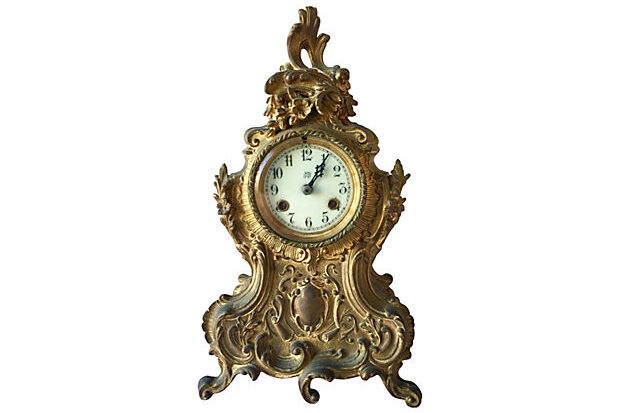
Its steady tick-tock once sounded like the heartbeat of a home. Mantel clocks from companies like Seth Thomas and Sessions were shipped by the crate, making them far from rare. Unless pristine or unusual, they hold little value to collectors today. But to families, they mattered in other ways. They announced supper time, kept curfews honest, and closed each night with a chime that meant bedtime. Their role was less about money and more about rhythm. They marked ordinary moments that, in memory, feel extraordinary. The value is in how they kept life moving in time.
6. State souvenir spoons on a velvet rack

Each vacation seemed to require a shiny spoon, another to hang on the velvet rack. Families brought home Niagara, Pike’s Peak, or any roadside wonder with a crest on top. Nickel-plated by the millions, they were more postcard than precious metal, sold cheaply to eager travelers. Collectors see them as trinkets, worth only small change. Yet they represent journeys, car rides, and laughter shared on trips. Each spoon marks a place seen with wonder and captured in miniature. Their true worth is in the map they created, charting not just destinations but the miles and memories in between.
7. “Hand-painted” china with perfect roses
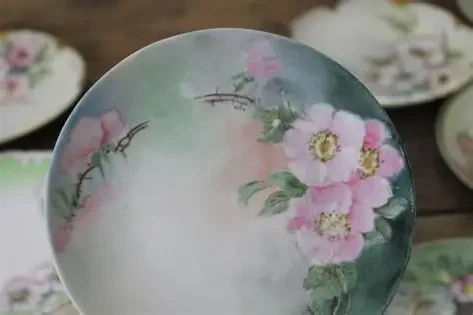
Delicate china sets filled with roses seemed one-of-a-kind but were often transfer patterns beneath glaze. Factories filled registries with these sets, and attics overflowed with duplicates. Unless tied to a rare maker or pattern, their resale value is low. Still, their importance cannot be measured in dollars. These plates framed birthday cakes, treaty-level apologies, and late-night meals when words mattered more than food. They decorated tables where family ties were strengthened and laughter spilled easily. The beauty was never just in the painted roses but in the lives that unfolded while resting plates on the family table.
8. Milk glass hens and pedestal bowls
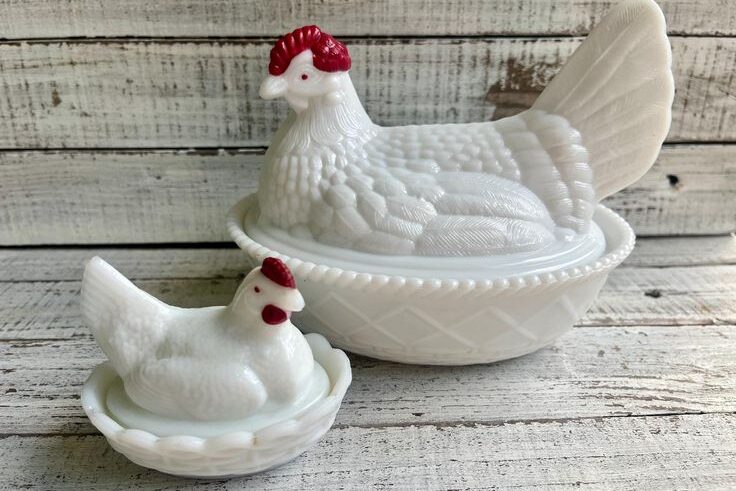
On cabinets and sideboards, milk glass hens perched proudly, glowing white as if scarce. Yet companies like Westmoreland made them endlessly from the 1930s onward. Today antique malls are crowded with them, their resale value nearly gone. Still, the hens did something more meaningful. They held peppermints for guests, sewing thimbles for grandmothers, and even secrets tucked away where no one thought to look. Their worth lives in the memories of reaching into a dish and finding something sweet or unexpected. Value is not always counted in dollars but in the small delights they offered every household.
9. “Ming” and “Canton” vases on doilies
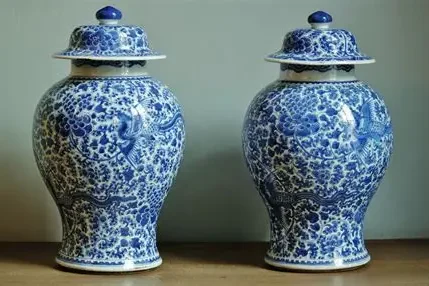
Families displayed blue and white vases proudly, whispering they were from ancient dynasties. Yet their undersides often told a different story with stamps like “Japan” or “Occupied Japan,” made for export in the late 1940s and 1950s. Shiploads filled American homes, making them common and far from rare. Today collectors turn away, uninterested in pieces so abundant. Yet for families, those vases brought flowers and color back into rooms that had known ration books and silence. Their true worth was never in age or scarcity but in the way they carried hope and beauty into everyday life.
10. Hummel and Hummel-style figurines
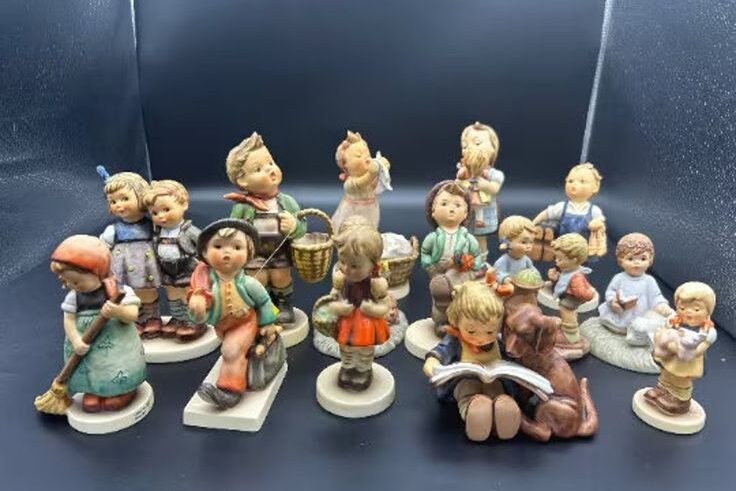
Tiny porcelain children once filled cabinets like a choir, umbrellas in hand and eyes wide. Original Hummels and countless imitators poured out by the thousands in mid-century. Unless early or rare, most sell for little today. Yet their faces softened scoldings and made winter afternoons gentler. Families remember not their cost but their presence. They stood watch from shelves as children grew, as birthdays passed, and as quiet moments filled living rooms. Their worth lies in the feelings they brought, not in auctions. They remain tender reminders of simpler joys and the innocence that once brightened a room.
11. Currier & Ives litho “prints”
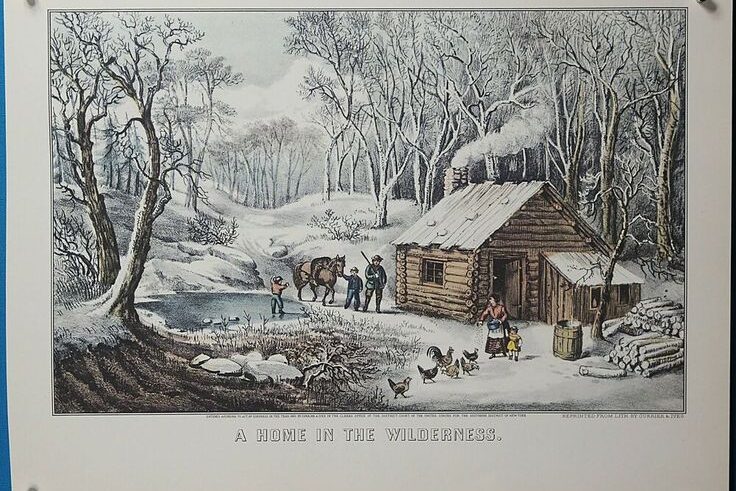
Framed sleds, steamboats, and snowy cabins once decorated walls with grandeur. Families thought them special, but most were 20th-century reprints, not true 19th-century lithographs. Sold in department stores and magazines, they filled homes by the thousands. Dealers can spot the modern dot patterns easily, making them near worthless today. Still, their charm lingers. They gave families winter cheer, filling walls with warmth when cocoa cooled on radiators and snow piled outside. Their worth is not in galleries but in how they brightened modest rooms. Sometimes art matters more for the feelings it stirred than for its financial price.
12. Oneida Rogers silver-plate flatware sets
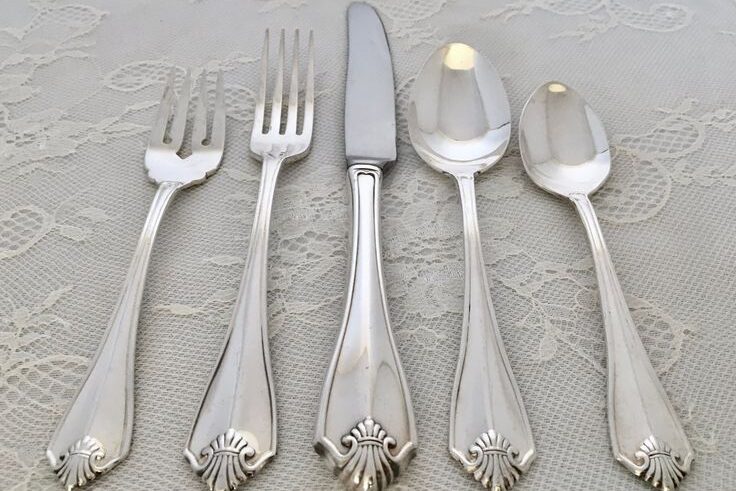
Inside felt-lined boxes, silver-plate flatware sets gleamed like treasure. Patterns like Coronation and Evening Star were given to millions of newlyweds, leaving them anything but rare. Collectors see little value today as plating wears thin and markets shrug. Yet families remember differently. Every fork and knife holds stories: who carved meat too roughly, who volunteered for dishes, and whose chair stayed empty one year. They became quiet ledgers of a family’s manners and meals. Their worth lies not in silver content but in the countless times they turned ordinary dinners into something that felt connected and whole.
13. “Hand-knotted” Oriental-style rugs
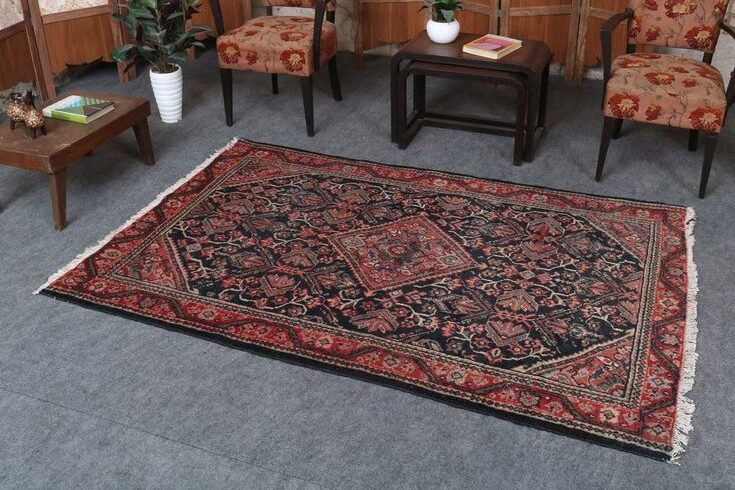
For years, families believed their rugs were precious handwoven heirlooms. In reality, most were Axminster or other machine-made carpets, with repeated motifs and cotton backings revealing their factory origins. Sold widely through the 1940s and 1950s, they became a standard of middle-class homes. Today, unless truly antique or tribal, they bring little money. Yet they carried stories beneath every step. Children played on them, radios were muffled, and rooms stayed warm with their patterns. Their true worth has always been underfoot. They cushioned lives and softened days, weaving memories far more lasting than any appraised value could offer.
14. Bakelite-look vanity sets (often celluloid)
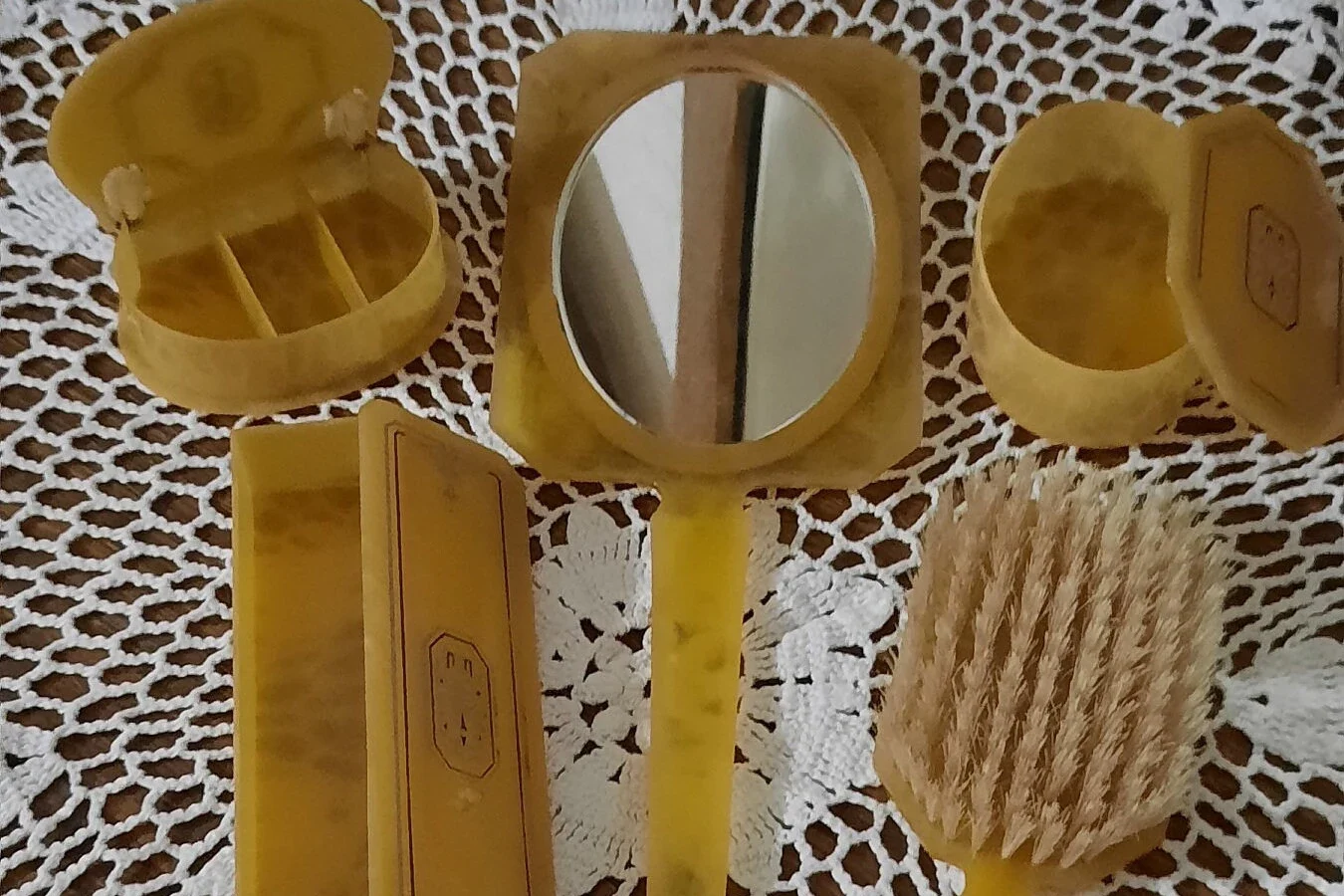
Brushes, mirrors, and powder jars with marbled cream tones once sat proudly on lace dressers. Believed to be Bakelite, many were cheaper celluloid, fragile and mass-produced. Unless unusual colors appear, collectors today show little interest. Yet their meaning lies elsewhere. A small mirror once reflected three generations fixing hair for church, brushing cheeks with powder, or adjusting collars before school. They were not rare treasures but everyday tools that captured routines, laughter, and the soft busyness of mornings. Their value remains in those reflections, not in catalogs. They kept alive the picture of family life passing in sequence.
15. Philco Zenith radio cabinets
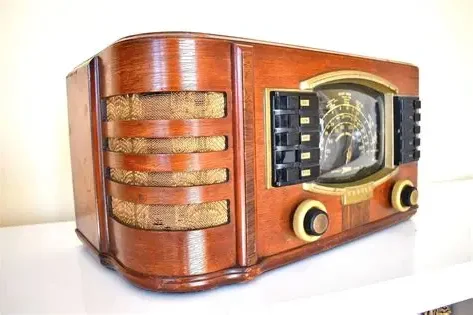
Before television, cathedral-shaped radios from Philco or Zenith were the hearth of a home. Families gathered close, tuning in for swing bands, Roosevelt’s talks, or urgent war bulletins. Millions were sold, making them common, with little value today unless rare or restored. Collectors may shrug, but to families, these radios mattered. They filled kitchens with music and united living rooms with news. Their wooden cabinets held more than electronics; they held connection. What survives is not their market worth but the memory of voices spilling from the speaker and the sense of belonging they once created nightly.
16. Postcard albums tied with ribbon
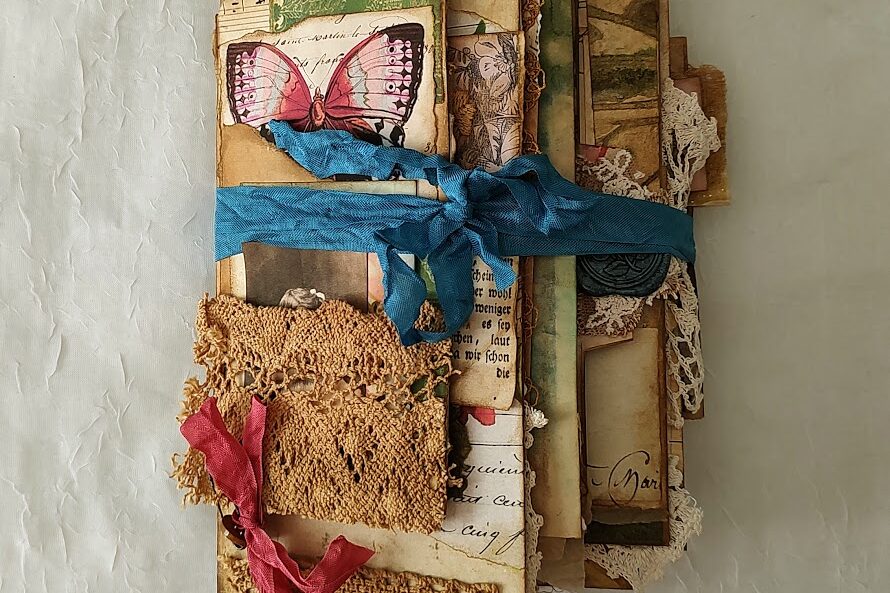
Albums stuffed with postcards once told stories of piers, courthouse squares, and seaside towns. Sold cheaply at drugstores, most cards were common chromes and linens with little value. Collectors prefer rare real-photo versions. Yet families keep them tied in ribbon for reasons beyond price. Each glossy card carries looping handwriting, “Wish you were here,” or a five-cent stamp that bridged distance. Flipping through them is like time travel, each card a window to the past. The worth is not in collectors’ markets but in the longing they held, turning simple cards into emotional connections across miles.
17. Souvenir plates with gold scrolls
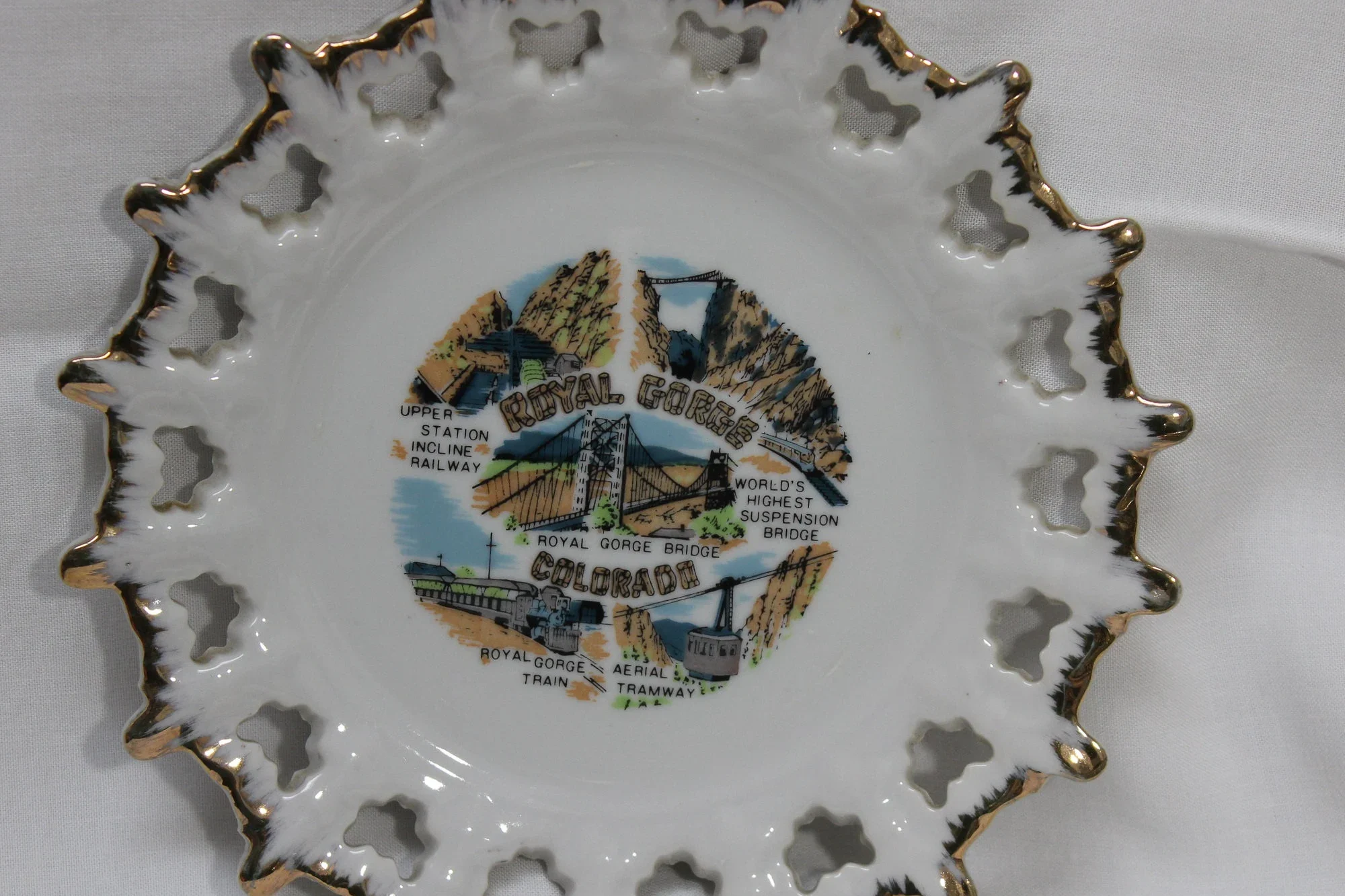
Gift shops sold them by the case, souvenir plates adorned with town names and landmarks circled in gold trim. Families hung them proudly on walls, proof of where they had been or where they once belonged. Dealers now stack them high in antique malls, offering little for resale. But families saved them as anchors of identity, tokens of migration, or reminders of hometown pride. They mattered as small statements that we come from somewhere and carried that somewhere with us. Their market value is little, but their emotional pull remains deeply rooted in memory and belonging.
18. Waterfall dressers and bedroom suites
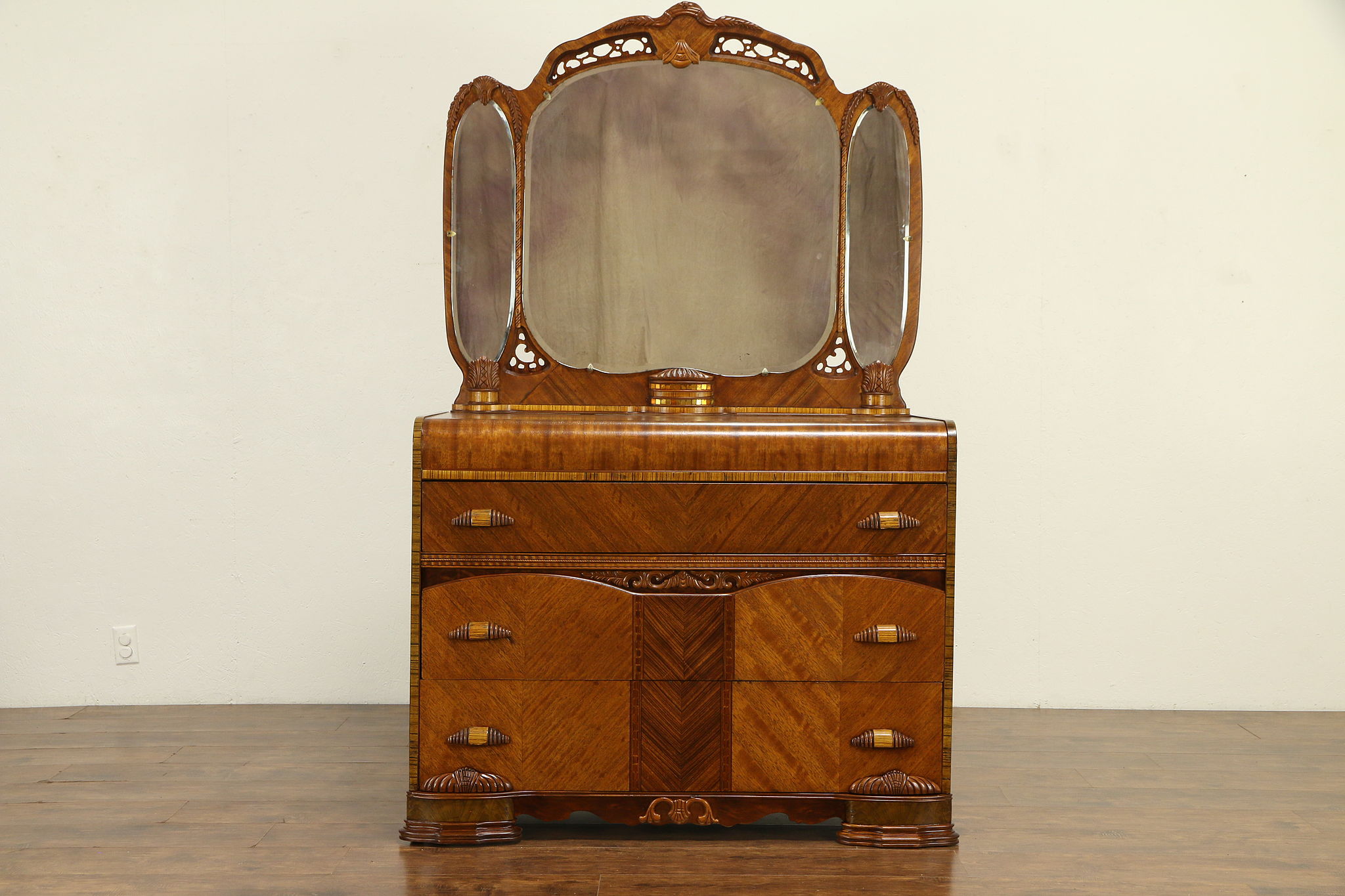
Curved fronts, round mirrors, and glossy veneer once made waterfall bedroom furniture stylish and accessible. Sold coast to coast in the 1930s and 1940s, they were anything but rare. Thin finishes wore down over time, and today dealers consider them common with little resale worth. Still, families remember what they held. A top drawer guarded letters, while the bottom hid wool blankets that smelled faintly of snow. Their service is their legacy. They mattered because they stored the fabric of daily life. True worth lies not in rarity but in the role, they played in homes.
These may be “worthless” to an appraiser, but they are heavy with use: the quiet industry of polishing days, the soft scrape of chairs, the way a clock taught a house to breathe. The market counts scarcity; a family counts service, and these objects served.
This story 18 Beloved Keepsakes That Turned Out to Be Common and Worthless was first published on Daily FETCH


